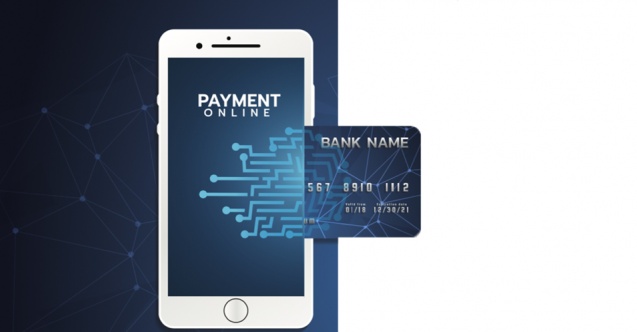A New Era Begins In Banking
Now, customers can do many transactions without going to the bank Although there are still deficiencies, most of the processes are now digitalised

The COVID-19 process has accelerated digital banking. For this reason, our government has made many changes to make digitalisation widespread. One of these changes was the draft communiqué published by the Banking Regulation and Supervision Agency (BRSA) on September 21, 2020, which will enter into force on January 1, 2021. The aim of this change is to eliminate the need to actually go to the bank branches, except for the requirements of the Financial Crimes Investigation Board (FCIB) legislation.
DIGITAL BANKING CONTINUES TO GROW
The number of digital banking customers increased by 13 million in the last three months in Turkey. According to the September 2020 statistics of the Banks Association of Turkey, the number of customers who logged into digital channels at least once in the last three months reached 63 million. It was 50 million a year ago. In other words, digital banking customers increased by 26 per cent compared to the same period of the previous year. This is highly related to the pandemic, of course.
REMOTE IDENTIFICATION WILL PROVIDE GREAT ADVANTAGES
Now, customers can do many transactions without going to the bank. Although there are still deficiencies, most of the existing processes have been adapted to technology. Now, customers only go to bank branches for processes that they cannot handle with digital transactions or that require a wet signature. The first article was an element of competition for banks. Banks that adopted technological infrastructure in their processes were gaining an advantage. As for the second article, there was equality for all banks. However, with the new communiqué, small banks with limited branch network can gain more advantages. This may create an opportunity for participation banks with few branches to increase their market shares.
REMOTE IDENTIFICATION REQUIRES MORE TECHNOLOGY INVESTMENT
Remote authentication is an application that will fundamentally change the entire banking process. With the communiqué, call centres and mobile banking channels now have to assume great duties. But this is just the tip of the iceberg. Subsequently, many technological infrastructure requirements arise. Let us go through these processes and requirements one by one: RISK SCORE The client is requested to fill in the application form and accept the explicit consent text. Then, it is checked whether the application is fraudulent and customer data matches with the official records. The risk score is created by passing the data through an analytical model. The process may differ according to the score.
VIDEO CALL AND VITALITY TEST
Investment is needed to turn call centres built on a voice call system into video calls. The entire meeting and the process must be recorded with the same session ID. On the other hand, it is also necessary to determine whether the person on the other line is a real person or a fake person created with artificial intelligence and whether the person is talking with their own consent. OPTICAL CHARACTER RECOGNITION (OCR) Improvements should be made in the mobile application or internet banking to achieve uninterrupted call and record communication quality. One of them is reading the MRZ information on the identity card. For this, OCR technology needs to be used.
NEAR FIELD COMMUNICATION (NFC)
According to the NFC requirement in the draft communiqué, we will be able to perform the authentication only from mobile banking applications and devices with NFC features. Thus, the photos and information read from the ID card chip will be compared with the customer image in the camera and the information in the system.
THERE ARE SOME RISKS OF REMOTE IDENTIFICATION
Unfortunately, this application will also have risks along with the convenience it will provide to banks and customers. Of course, it will not be as easy as in the branch to verify that the person seen on the camera is the relevant customer. In addition, treating all customers with suspicion and artificially as if they were convicts against illegal undertakings will be found strange in the first days. This method can increase attempts to open accounts with fake IDs. There may even be domestic counterfeiting, such as an inheritance fight, attempts to open accounts in the name of each other between siblings. Of course, it will be necessary to use technology to prevent counterfeiting. So, what will happen to branches when customers make many transactions through digital channels? Undoubtedly, this situation may lead to a decrease in the number of branches and personnel. However, personnel will be transferred to more qualified jobs instead of operational jobs and will contribute to increasing efficiency in banks.
































